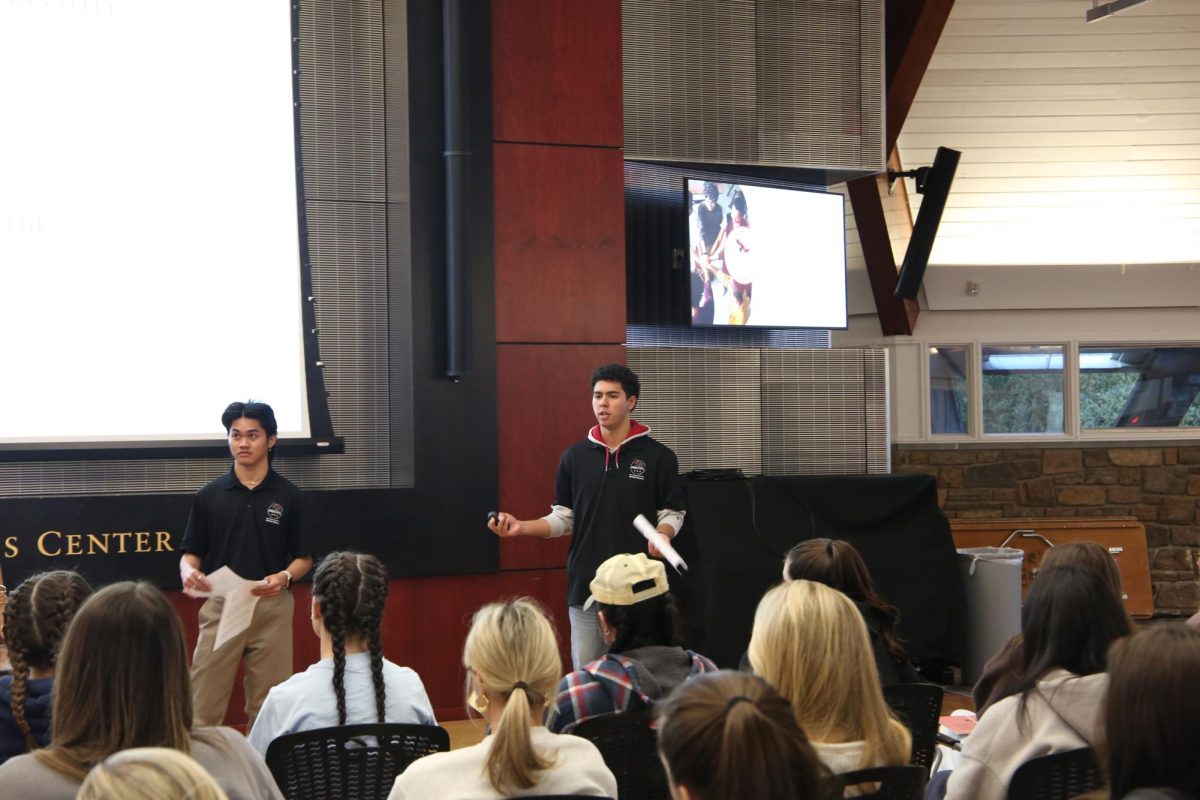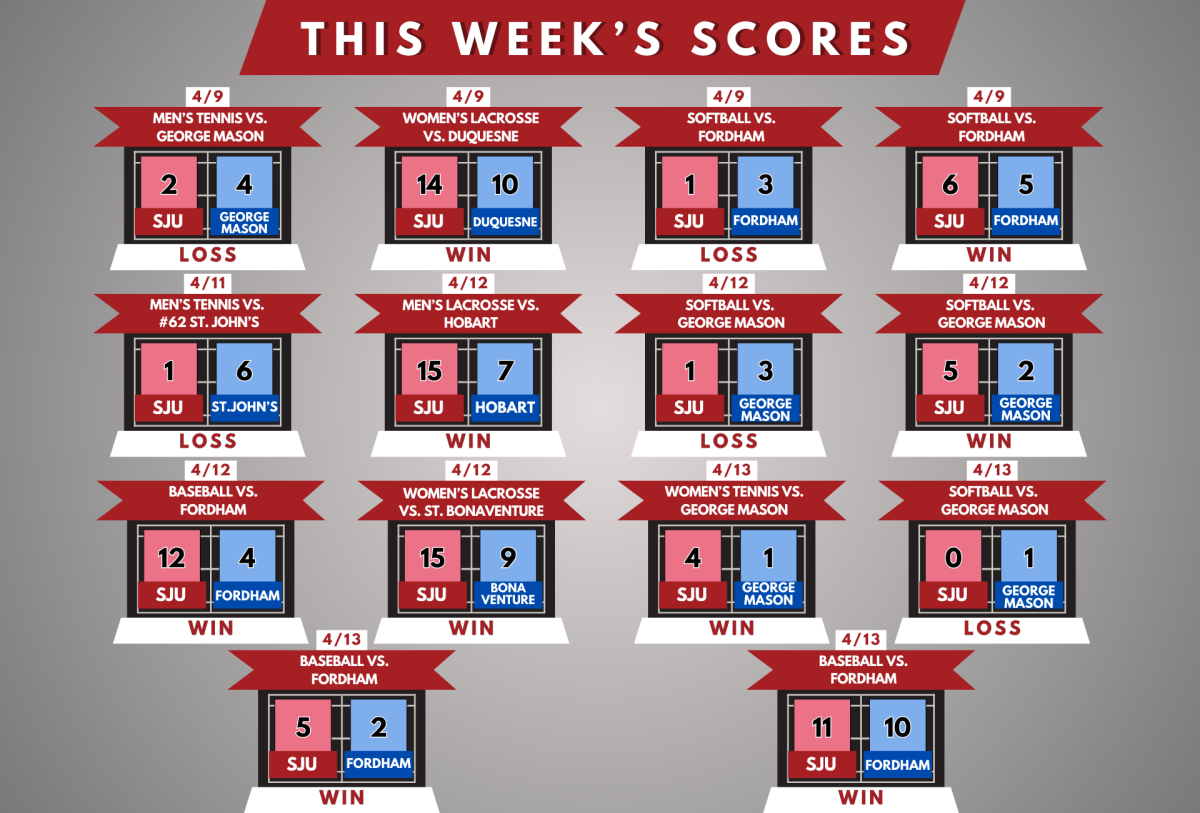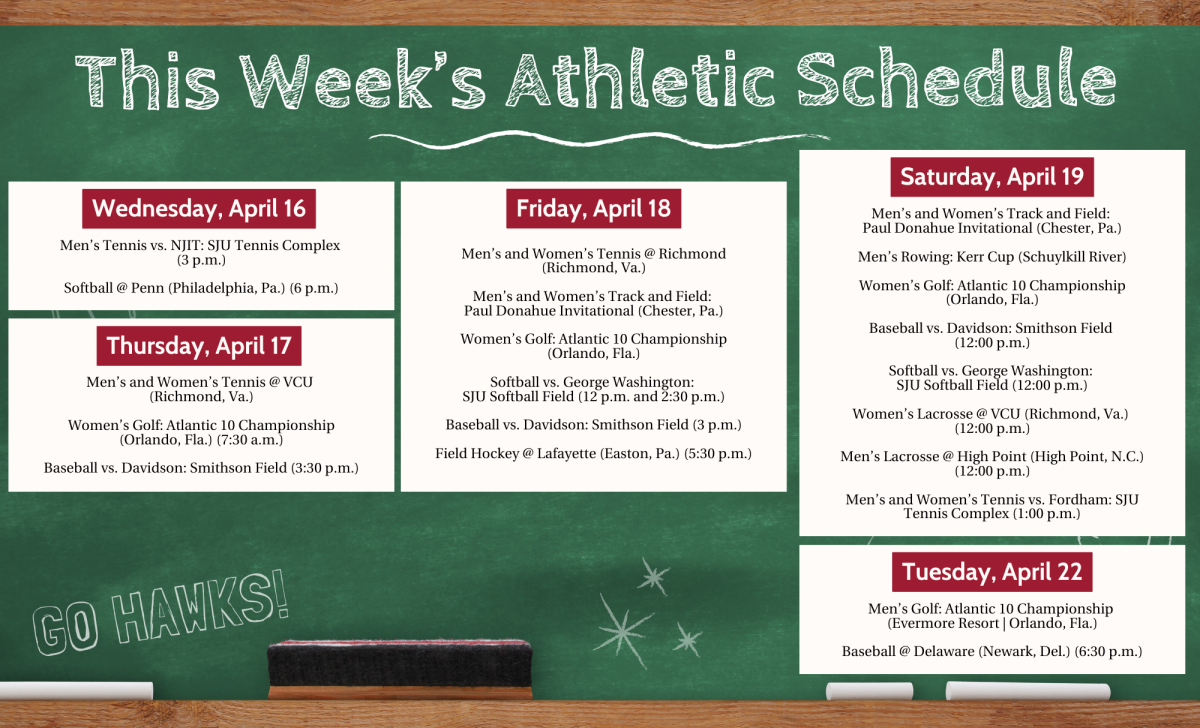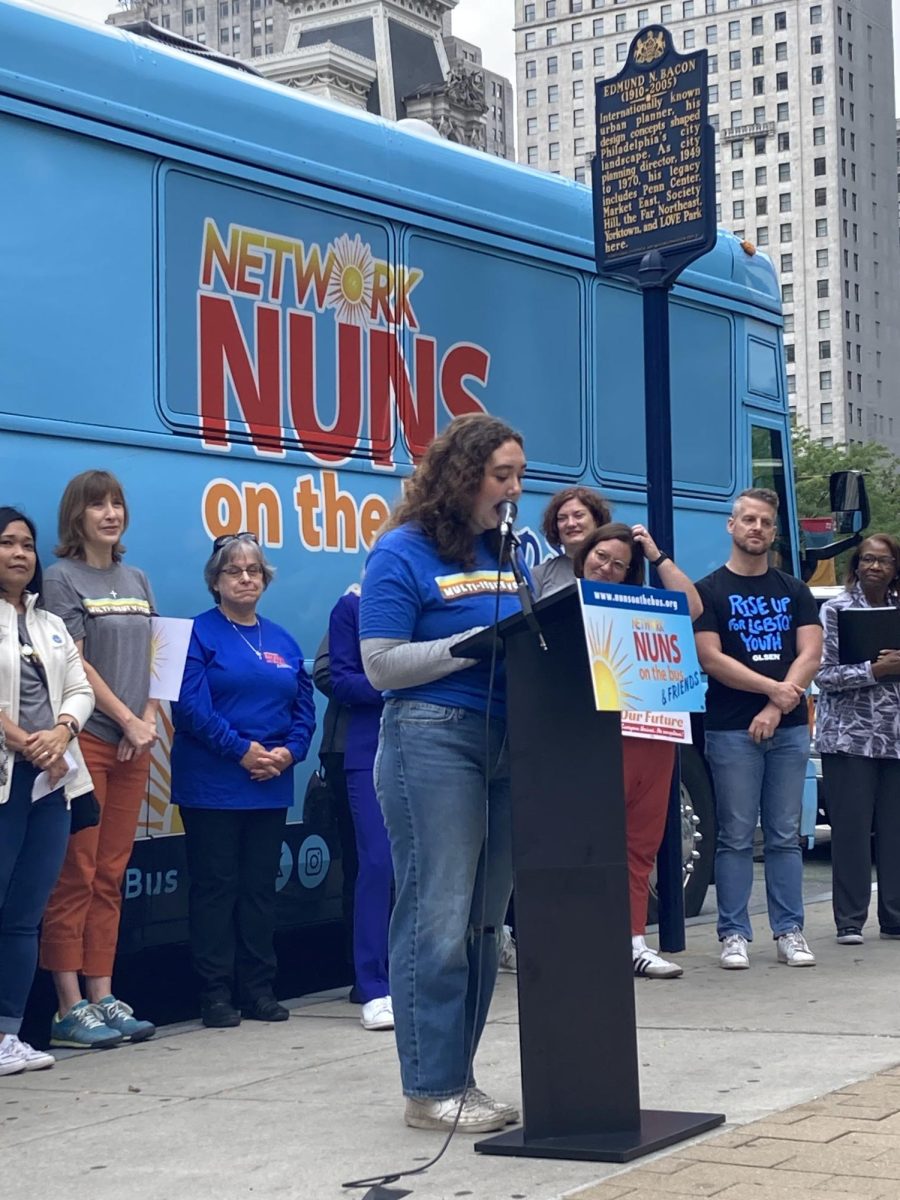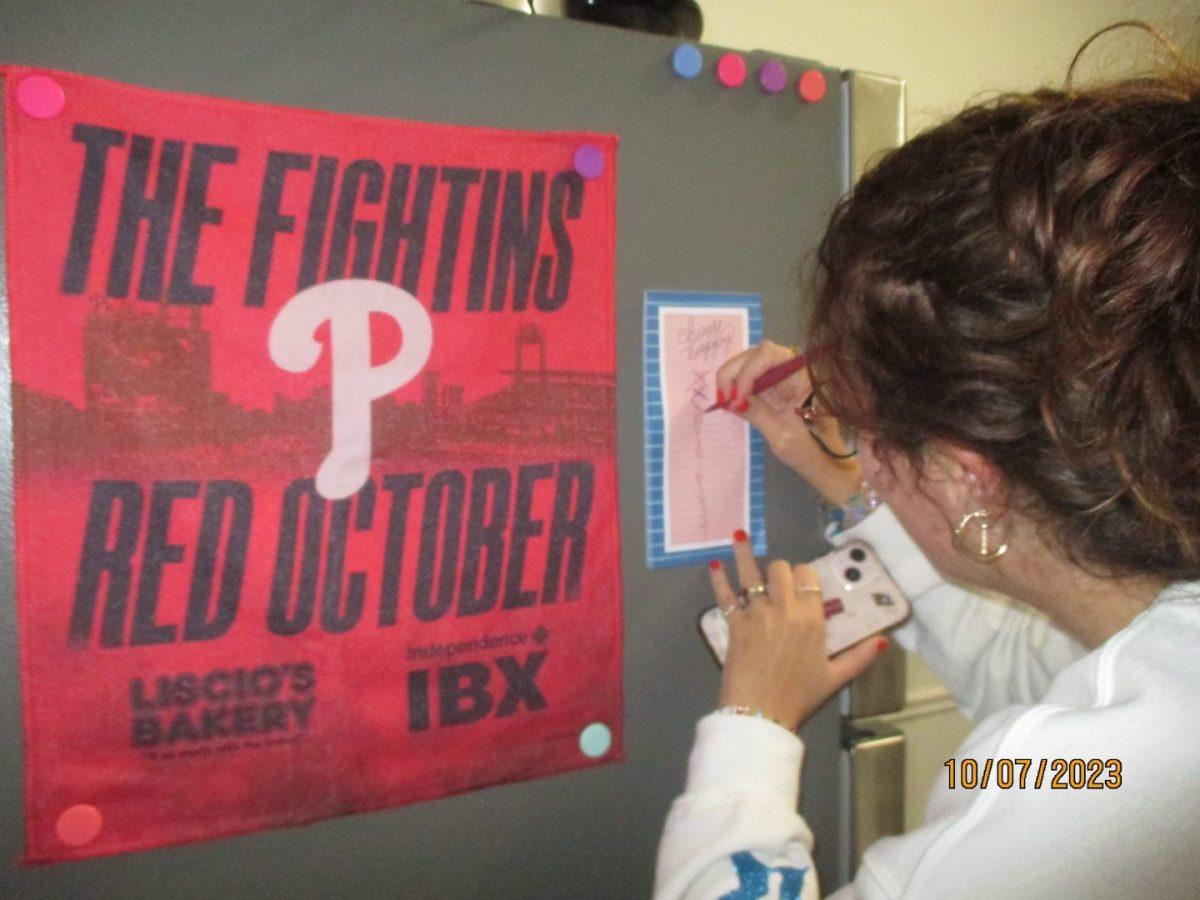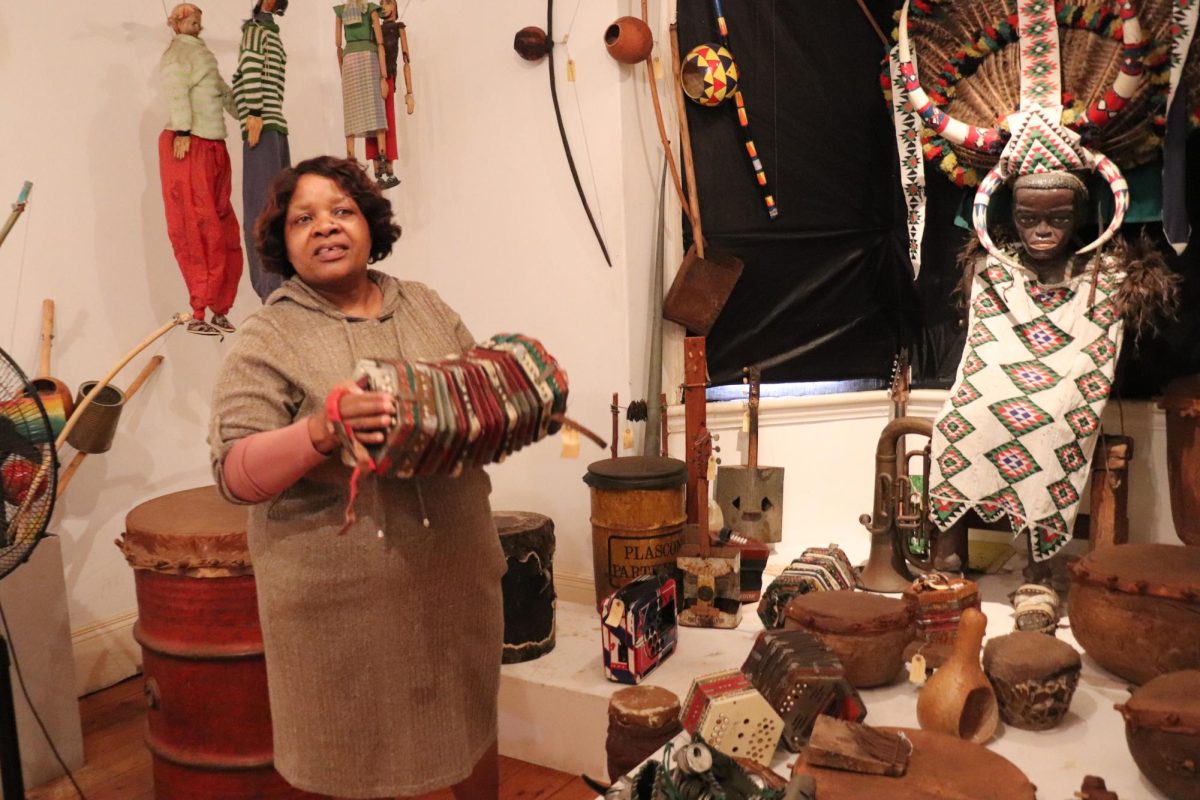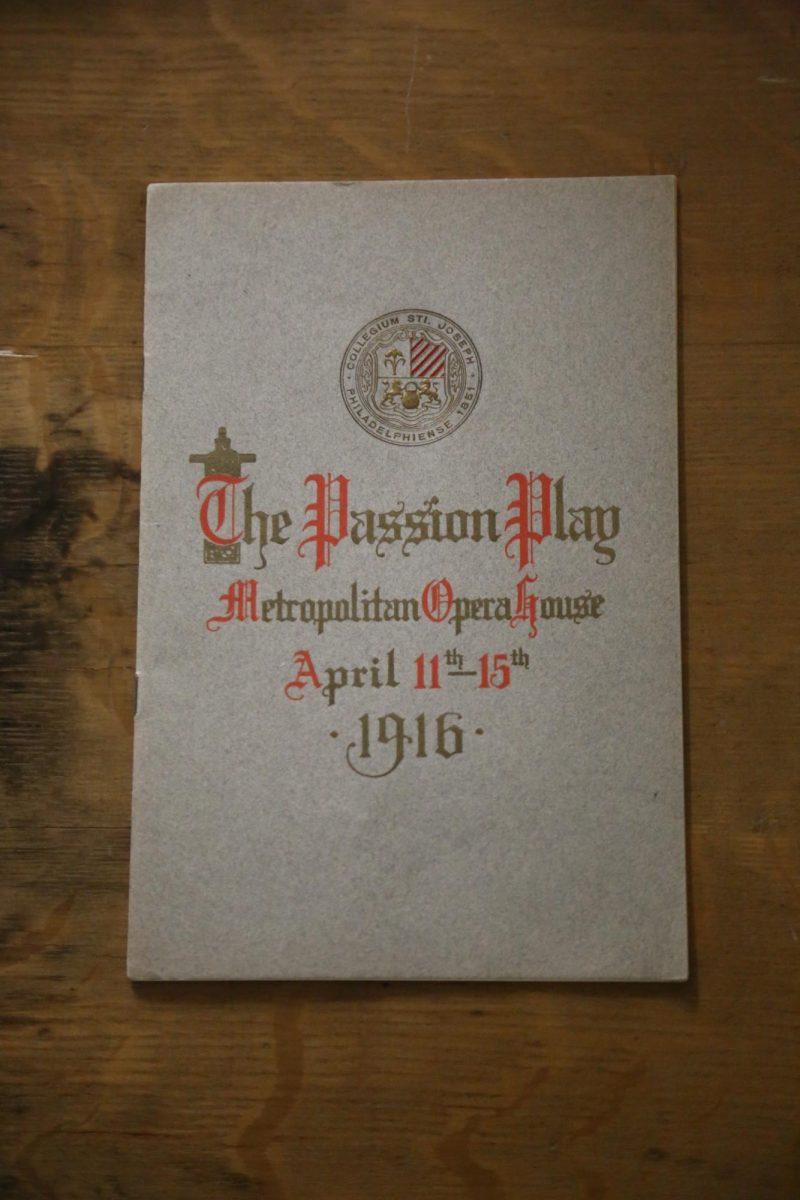I have spent much of my life simultaneously loving and hating that my large chest is the first thing many people notice about me.
After coming out as bisexual in 2021 and changing my pronouns from she/her to she/they in 2022, I started to realize the love-hate relationship with my chest is a result of gender dysphoria, which is distress caused by one’s gender identity not matching one’s sex assigned at birth.
Though the term “gender dysphoria” is widely used, Dr. Jennifer Aldrich, professor of clinical medicine at the Lewis Katz School of Medicine at Temple University, said she prefers the terms “gender incongruence” and “endocrine disorder” so as not to pathologize people’s identities.
“Gender incongruence is just if your gender identity differs from the sex assigned at birth in any way, so that’s how I define that,” said Aldrich, who also works as an LGBTQIA+ affirming care physician at Temple Health. “Endocrine disorder is if somebody feels like themselves when they are on hormones, then doesn’t when they don’t have those hormones, and that’s a deficiency of that hormone in my mind.”
Late last semester, I decided to bind my chest as a way to address my gender dysphoria. Chest binding, or breast binding, is the act of flattening one’s chest with a restrictive material or clothing to feel more comfortable and confident in appearance or in line with their gender identity.
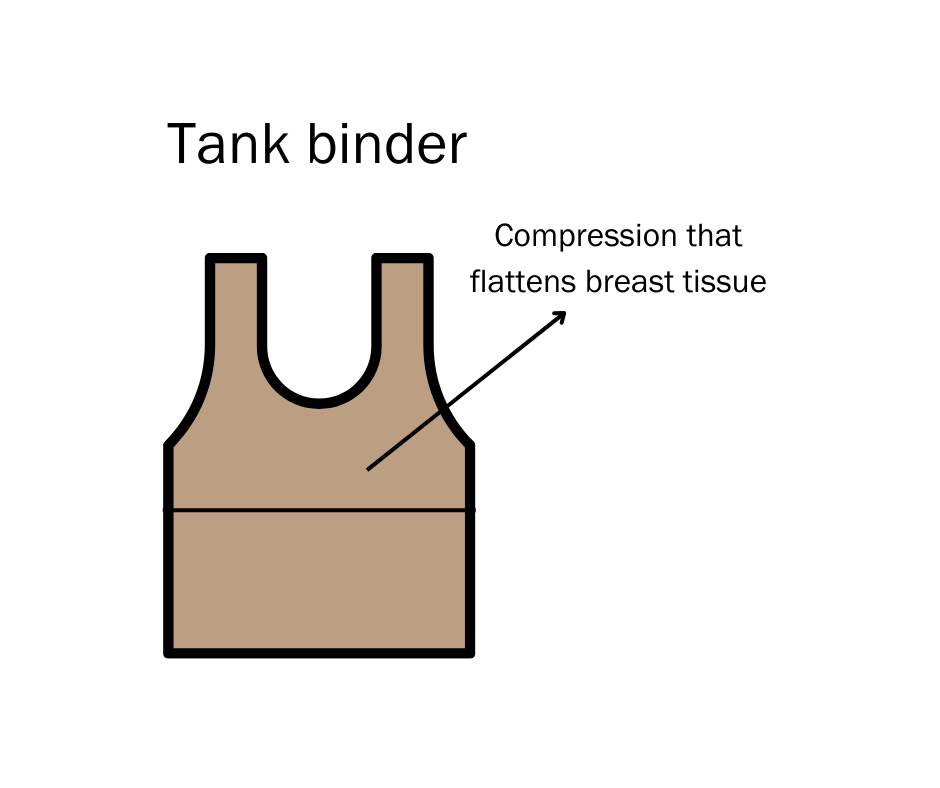
For people with smaller chests who bind, sports bras with extra compression and medical tape may be feasible binding options. But for people with bigger chests like me, sports bras don’t offer enough compression to make a noticeable difference, and a lot of tape — and time — is needed to make even a small difference.
Before ordering, I measured my shoulder width and bust according to instructions on gc2b.com. I ended up choosing the Nude No. 4 Tank Binder (Classic 2.0), the binder style recommended for people with bigger chests. The regular price is $39, not including shipping, but I got mine on a Cyber Monday sale for $29.25 plus $8 shipping.
gc2b, founded in 2015 by a Black and Latinx trans man and based in Maryland, is known in the trans and gender-nonconforming communities as one of the most reputable binder companies. Since binders are not typically sold in stores, ordering online is often the best, and only, option. While some people might not feel safe having a chest binder shipped to their home, I was lucky to have mine sent to my school address. Plus, gc2b uses discreet packaging.
All binding techniques can present risks, including shortness of breath, back pain, rib cage pain, skin irritation and restricted breathing and movement, according to Aldrich. But some materials and methods are more risky than others. When my binder took longer than I expected to arrive in the mail, I had to resist the temptation to start binding using materials that medical professionals advise against using, like Ace bandages and non-medical tape.
Aldrich said unsafe binding methods can lead to bruising or fracture of the ribs.
“You are essentially compressing your chest,” Aldrich said. “It’s not just the soft tissues of the chest that you’re compressing, but you’re also compressing the ribs and then the lungs underneath, especially if you bind too tightly or for too long a period.”

Aldrich said people can experience problems if they bind for more than eight hours or don’t take the binder off for days.
Jamie Moffa, who is pursuing a dual medical and doctoral degree in neuroscience at Washington University in St. Louis, Missouri, said some people learn early on in their binding journey that using things like Ace bandages won’t work quite the way the user hopes.
“[Ace bandages] aren’t designed to expand,” said Moffa, who is nonbinary and trans and published a guide for physicians about safe chest binding practice. “So traditional binders are designed to kind of expand with your chest and allow you some room to breathe if you get properly sized. Ace bandages are only meant to compress and they don’t really have that feature.”
Another potential issue people may face when binding is experiencing sensory overload. Ava McTamney-Prexta ’23, who is nonbinary and trans, said their partner, who is also nonbinary and trans, experiences sensory issues when binding and is getting top surgery in March instead.
Top surgery, or chest masculinization or chest feminization, involves removing or augmenting breast tissue to create an appearance for trans and gender-nonconforming individuals that is more aligned with their gender.
“Many of my patients who bind do express a desire just to have top surgery at some point because not a whole lot of people, in my experience, enjoy binding,” Aldrich said.
For me, so far, I’ve enjoyed binding. My binder, which I ordered in a size 4X, was one or two sizes too big. I should have ordered down, maybe a 2X. Despite the binder being too loose, it still worked. As I put on one of my favorite oversized T-shirts that I usually wear in an attempt to mask the size of my chest, I watched the green cotton of my shirt cave into my chest and cling to me rather than form over my chest. And instead of struggling to breathe, I released a sigh of relief, a breath I didn’t even know I was holding.
McTamney-Prexta said while binding can be both risky and frustrating, it is also a gender-affirming experience, which is exactly what I felt.

“It is kind of fun to be like, ‘I have a little secret and I feel good about myself and I like the way that I look,” McTamney-Prexta said. “It’s really like gender euphoria, of feeling so at home in your body and comfortable and just feeling good about yourself.”
As I stared at myself in the mirror one last time the first day I wore my binder, I felt happy in my body. Months later, I continue to wear my binder with pride. And each time I do, I still feel like I’m getting used to a brand new feeling: gender euphoria.
This is the third story in a series by Allie Miller ’24 about issues that impact LGBTQIA+ people at St. Joe’s and in the Philadelphia area.










